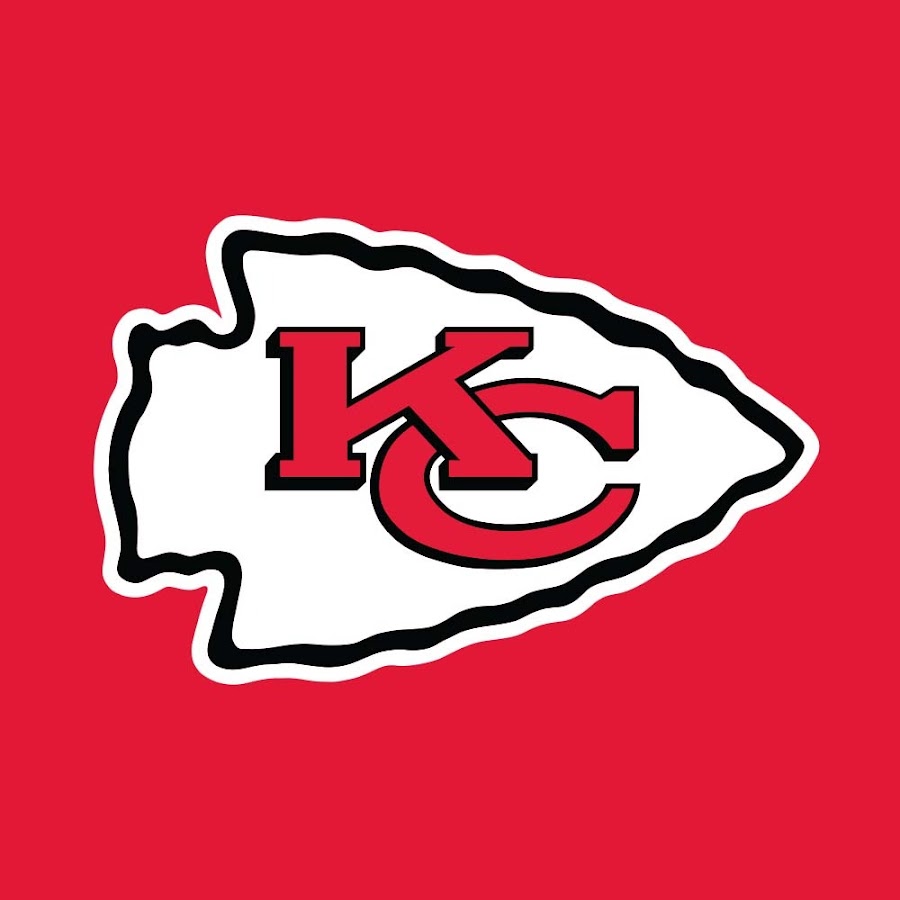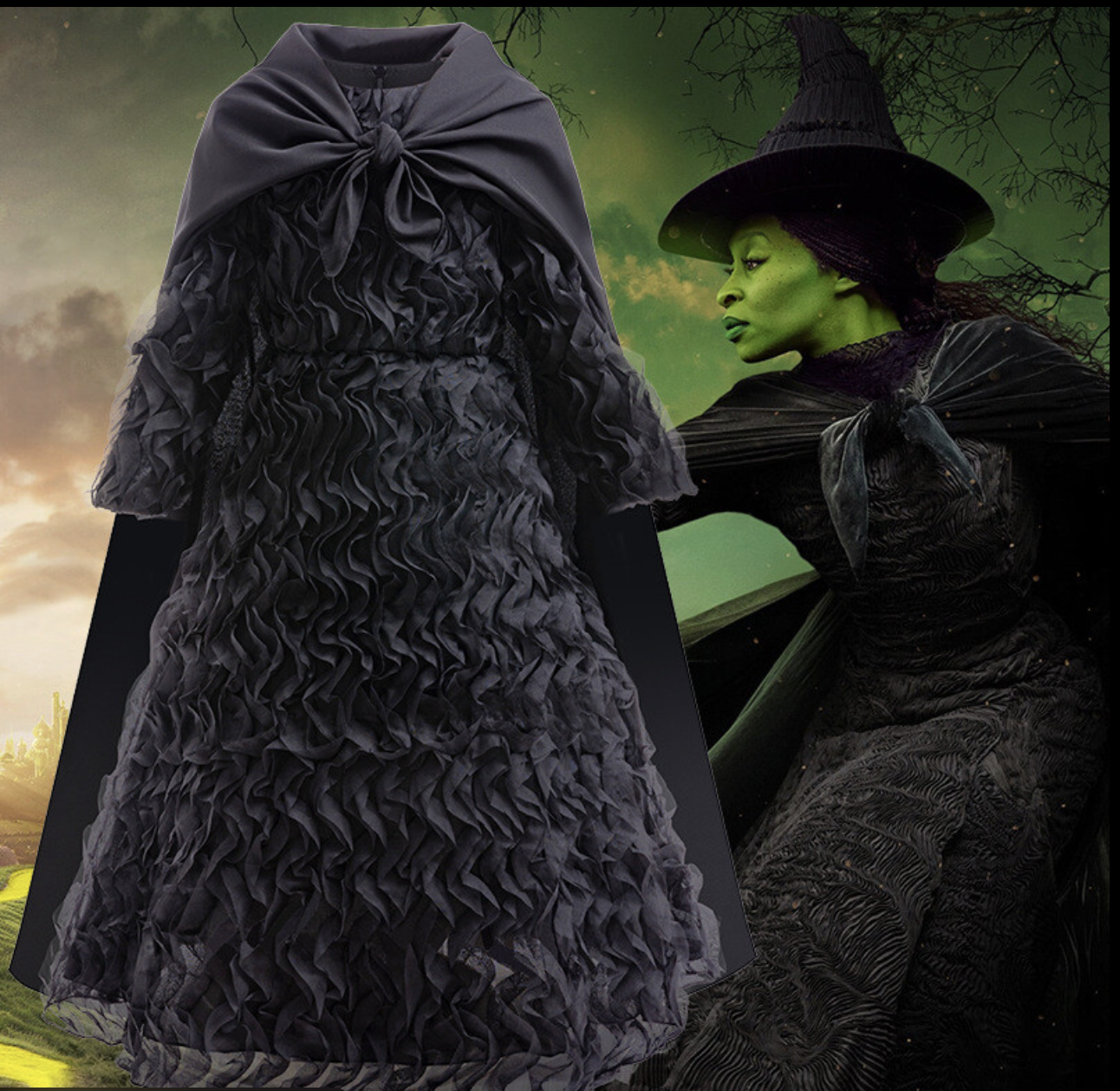
Arthur Allen Jones (November 22, 1926 – August 28, 2007) was an American inventor and entrepreneur whose innovations in exercise machinery and training philosophy forever changed the fitness industry. He is best known as the founder of Nautilus, Inc. and MedX, and for developing what became known as High-Intensity Training (HIT). HC GYM+3Wikipedia+3USA Strength Coaches Hall of Fame+3
Early Life and Background
Jones was born in Morrilton, Arkansas, into a family that valued reading and inquiry. USA Strength Coaches Hall of Fame+2Wikipedia+2 He grew up in Seminole, Oklahoma, where as a youth he claimed to have read his father’s medical library and other local library materials. CBass+2Stark Center+2 He dropped out of school in the tenth grade and faced periods of financial hardship and failure early in his life. CBass+1
Jones served in the U.S. Navy after lying about his age to enlist. Facebook+2Stark Center+2 During his post-naval years, he pursued interests in weight training, flying, exotic animals, and exploration. Stark Center+2USA Strength Coaches Hall of Fame+2 His eclectic pursuits and personality sometimes made him a controversial figure, but his persistence and inventiveness proved decisive. Stark Center+2CBass+2
Invention of Nautilus Machines
Before Jones’s innovations, weight training equipment was largely limited to free weights and machines using straight pulleys, which often did not match the strength curves of human muscles through the full range of motion. HC GYM+3Stark Center+3USA Strength Coaches Hall of Fame+3 Jones’s key insight was to use cam systems (irregularly shaped pulleys) so that resistance could vary through the exercise movement — heavier where the muscle is strongest, lighter where it is weaker. Stark Center+3USA Strength Coaches Hall of Fame+3Wikipedia+3
In 1970, Jones formally founded Nautilus Sports/Medical Industries to market his invention of specialized exercise machines. Stark Center+2Wikipedia+2 He debuted his “Blue Monster” prototype at the 1970 Mr. America bodybuilding contest in Culver City, California. HC GYM+3USA Strength Coaches Hall of Fame+3Wikipedia+3 Over the following decade, Nautilus machines became widespread in commercial gyms, athletic programs, and rehabilitation centers. USA Strength Coaches Hall of Fame+2Wikipedia+2
By the early 1980s, Nautilus had become the largest manufacturer of exercise machines in the world, with thousands of fitness centers and a vast equipment footprint. USA Strength Coaches Hall of Fame+2Stark Center+2 The success of the business made Jones wealthy and influential in the field of physical training. Wikipedia+2USA Strength Coaches Hall of Fame+2
High-Intensity Training Philosophy
Beyond machinery, Arthur Jones is also credited with promoting a new training philosophy: High-Intensity Training (HIT). This approach emphasizes performing a small number of sets (often just one) to complete muscular failure, with full recovery between sessions. Physical Culture Study+3HC GYM+3Wikipedia+3
In June 1970, he published an article called “The Ideal Workout” in Muscular Development, in which he laid out his principles for efficient, intense training rather than high-volume workouts. Physical Culture Study+2Stark Center+2 Over time, many bodybuilders and strength enthusiasts adopted his ideas, adapting them to their own needs. Wikipedia+2Stark Center+2
One of his most famous experiments was the Colorado Experiment, in which Casey Viator, under guidance, reportedly gained over 60 pounds of muscle in 28 days using a very rigorous and brief protocol. While the experiment has been scrutinized and debated, it remains emblematic of Jones’s belief in the power of intense, short-duration training. CBass+2Stark Center+2
Jones also explored variants of resistance, eccentric-only training (focusing on the lowering phase of a movement), and responses of different muscle fiber structures. Wikipedia+2Stark Center+2
Later Ventures: MedX and Beyond
After selling Nautilus in 1986, Jones continued to innovate. He founded MedX Corporation in the early 1990s, which focused on rehabilitative and medical-strength equipment, especially devices for the spine and joints. HC GYM+3Wikipedia+3USA Strength Coaches Hall of Fame+3
Throughout his later years, Jones maintained interests in aviation, wildlife, filmmaking, and exploration. Facebook+3Stark Center+3Wikipedia+3 His personality, often described as larger-than-life, iconoclastic, and eccentric, both attracted admiration and provoked criticism. USA Strength Coaches Hall of Fame+3Stark Center+3CBass+3
In 2007, he passed away at his home in Ocala, Florida, reportedly of natural causes, at age 80. HC GYM+2Wikipedia+2
Legacy and Influence
Arthur Jones’s legacy is multifaceted. On one hand, his inventions put strength training on a more scientific footing and made resistance machines accessible to a broader public. Many modern gym machines, especially those using variable resistance, trace their lineage to his cam-based designs. HC GYM+3USA Strength Coaches Hall of Fame+3Stark Center+3
On the training front, HIT remains a recognized philosophy within bodybuilding, powerlifting, and general fitness, although it is not universally adopted. His emphasis on intensity over volume challenged conventional wisdom and inspired later proponents (e.g. Mike Mentzer, Ellington Darden) to refine or adapt his methods. Physical Culture Study+4HC GYM+4Stark Center+4
Critics argue that his methods may be too extreme for average trainees, that sustained high intensity can lead to overtraining, or that other styles (e.g. periodization, higher volume with variation) may yield better long-term results. Nonetheless, Jones’s contributions pushed the boundaries of how people think about strength, exercise machines, and training efficiency.
Even today, the name “Nautilus” continues to echo in gym culture, and many fitness professionals still reference Jones’s work when educating about strength machines, training protocols, and biomechanics.
By; Wilgens Sirise







